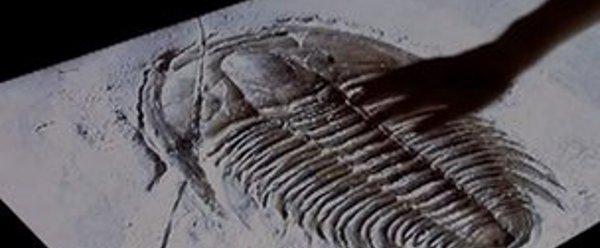
Researchers at Disney have developed a new algorithm, which is capable of simulating 3D geometric features on touch screen surfaces and allow people to ‘feel’ the texture of the objects viewed on a touchscreen.
According to researchers at Disney’s research lab in Pittsburgh, the latest technique involves transferring small vibrations via the display that offers users a feel of shallow bumps, ridges and edges of an object.
The vibration-generating algorithm can easily be incorporated to existing touchscreen systems, the researchers claimed.
Researchers said that the underlying hypothesis is that when a finger slides on an object then minute surface variations are sensed by friction-sensitive mechanoreceptors in the skin.
"Thus, modulating the friction forces between the fingertip and the touch surface would create illusion of surface variations," researchers added.
"We propose that the percept of a 3D "bump" is created when local gradients of the virtual bump are mapped to lateral friction forces."
The new algorithm also uses an electro-vibration based friction display to adapt the friction forces between the touch surface and the sliding finger.
"We first determined a psychophysical relationship between the voltage applied to the display and the subjective strength of friction forces, and then used this function to render friction forces directly proportional to the gradient (slope) of the surface being rendered," researchers said.
"In a pair-wise comparison study, we showed that users are at least three times more likely to prefer the proposed slope-model than other commonly used models.
"Our algorithm is concise, light and easily applicable on static images and video streams."
Disney Researchers have also developed a fundamental algorithm, which can be deployed to create textures found on a range of objects.






